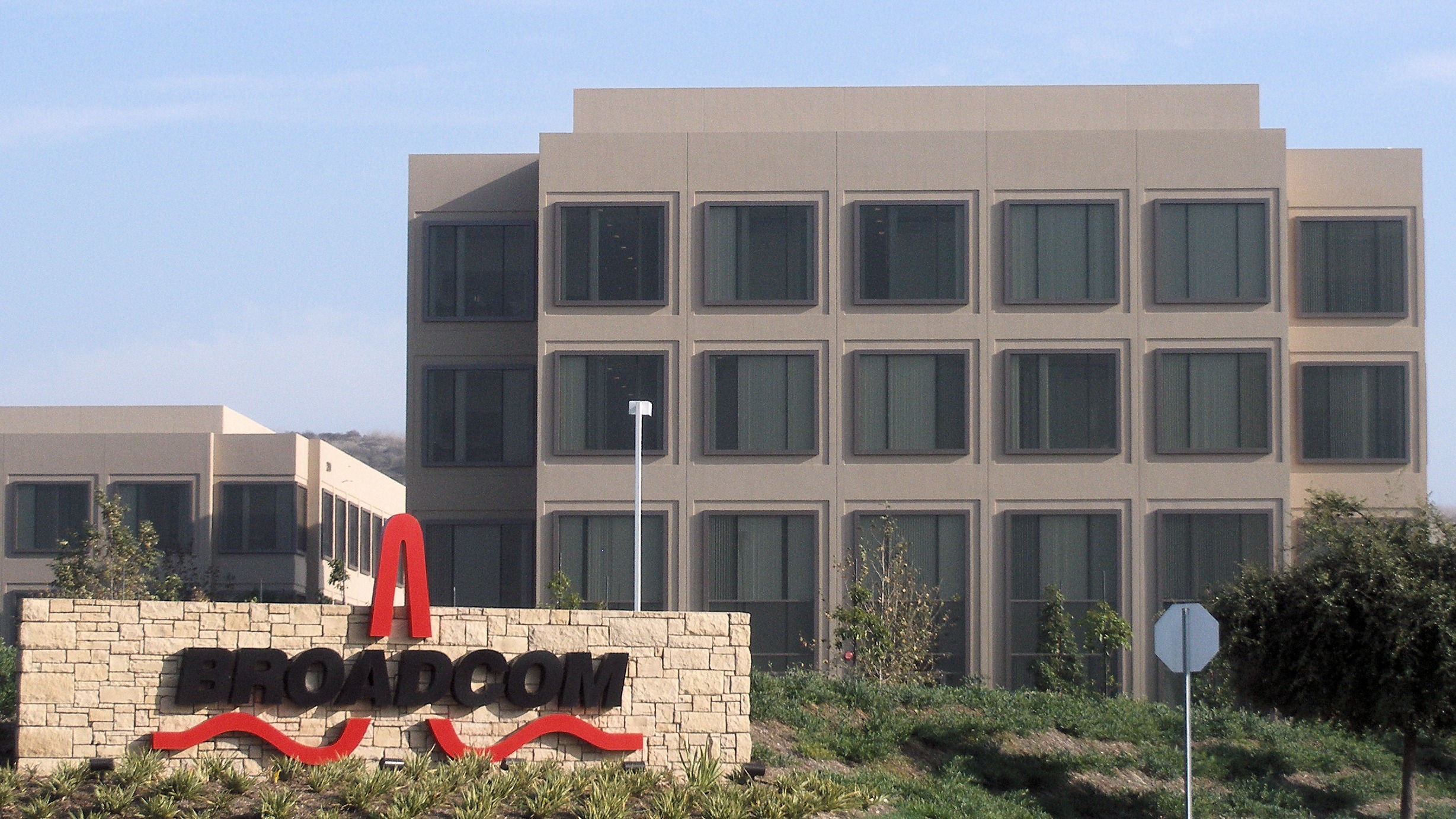Balancing Mining And Conservation: Rio Tinto's Pilbara Strategy

Table of Contents
Rio Tinto's Pilbara Iron Ore Production and its Environmental Footprint
Rio Tinto's Pilbara operations are a cornerstone of the global iron ore market. The scale of their mining activities is immense, producing millions of tonnes of iron ore annually, fueling global steel production. However, this substantial production comes with a significant environmental footprint. The key environmental impacts include:
- Habitat destruction: Large-scale mining inevitably leads to habitat loss and fragmentation, impacting native flora and fauna.
- Water usage: Iron ore mining is water-intensive, placing stress on already arid Pilbara ecosystems.
- Greenhouse gas emissions: Mining operations, particularly energy consumption for extraction and processing, contribute to greenhouse gas emissions, contributing to climate change.
- Dust pollution: Mining activities generate significant dust pollution, affecting air quality and potentially impacting human health and local ecosystems.
Specific quantifiable data on these impacts is often proprietary to Rio Tinto, however, publicly available reports and independent assessments provide a general overview. For instance, reports highlight the significant water usage in the region and the company's efforts to reduce it. Further, while Rio Tinto has pledged to reduce emissions, the scale of operations means a significant carbon footprint remains. Furthermore, past environmental incidents and controversies have underscored the challenges of managing such a large-scale operation sustainably.
Rio Tinto's Conservation Strategies in the Pilbara
Rio Tinto has implemented several conservation strategies aimed at mitigating the environmental impacts of its Pilbara operations. These initiatives focus on several key areas:
- Biodiversity conservation: The company has undertaken significant habitat restoration projects, including large-scale revegetation programs focusing on native species. These programs aim to rehabilitate mined areas and create corridors for wildlife movement. Species reintroduction programs are also underway for some threatened species.
- Water management: Rio Tinto has invested in advanced water recycling and reuse technologies to minimize freshwater consumption. Efficient irrigation techniques are employed in their rehabilitation programs, reducing water waste.
- Greenhouse gas emission reduction: Rio Tinto has set ambitious targets for reducing greenhouse gas emissions across its operations, including the Pilbara. These targets typically include transitioning to renewable energy sources and improving energy efficiency in their processes.
- Partnerships: Rio Tinto collaborates with various conservation organizations and government bodies on research, monitoring, and conservation projects in the Pilbara.
Indigenous Land Management and Collaboration
A crucial aspect of Rio Tinto Pilbara sustainability is collaboration with the Indigenous communities whose traditional lands are impacted by mining. Rio Tinto recognizes the significance of their involvement in land management and conservation efforts. The company has established:
- Joint management agreements: These agreements allow for shared decision-making and responsibilities in land management, ensuring Indigenous perspectives are integrated into conservation planning.
- Employment opportunities: Rio Tinto actively seeks to provide employment and training opportunities for Indigenous people, promoting economic empowerment within the communities.
- Cultural preservation initiatives: Programs supporting the preservation of Indigenous culture and heritage are undertaken in partnership with local groups.
While collaborative relationships have been established, challenges in achieving equitable partnerships and addressing historical grievances remain an ongoing focus.
Assessing the Effectiveness of Rio Tinto's Pilbara Sustainability Strategy
Assessing the effectiveness of Rio Tinto's Pilbara sustainability strategy requires careful analysis of various metrics and independent assessments. While the company publishes sustainability reports showcasing their progress, independent audits and research are crucial for an objective evaluation.
- Independent assessments: Reports from environmental organizations and government agencies offer external perspectives on Rio Tinto's environmental performance. These assessments analyze data on greenhouse gas emissions, water usage, biodiversity impacts, and rehabilitation success.
- Areas for improvement: While progress has been made in several areas, challenges remain. Further improvements are needed in reducing greenhouse gas emissions, minimizing water consumption, and enhancing biodiversity conservation efforts. The long-term effectiveness of rehabilitation efforts requires ongoing monitoring and adaptation.
Conclusion:
Balancing large-scale mining with environmental conservation in the Pilbara presents a complex challenge. Rio Tinto's strategy demonstrates a commitment to sustainability through various initiatives, including habitat restoration, water management, and collaborations with Indigenous communities. However, challenges remain in fully mitigating the environmental impact of their operations and achieving complete ecological restoration. Understanding Rio Tinto Pilbara sustainability is crucial for informed discussions on responsible resource management. Learn more about their initiatives and contribute to the ongoing conversation about sustainable mining practices in the Pilbara and the broader implications for responsible resource management.

Featured Posts
-
 Le Pen Et Ramadan Selon Enthoven Une Controverse Sur La Morale
May 26, 2025
Le Pen Et Ramadan Selon Enthoven Une Controverse Sur La Morale
May 26, 2025 -
 Exploring Jensons Fw 22 Extended Line New Pieces And Details
May 26, 2025
Exploring Jensons Fw 22 Extended Line New Pieces And Details
May 26, 2025 -
 Mercedes New Leader How George Russell Brought Calm And Confidence
May 26, 2025
Mercedes New Leader How George Russell Brought Calm And Confidence
May 26, 2025 -
 Broadcoms V Mware Deal At And T Highlights A 1 050 Price Increase
May 26, 2025
Broadcoms V Mware Deal At And T Highlights A 1 050 Price Increase
May 26, 2025 -
 Ardisson Vs Baffie Essaie De Parler Pour Toi Le Detail De La Dispute
May 26, 2025
Ardisson Vs Baffie Essaie De Parler Pour Toi Le Detail De La Dispute
May 26, 2025
